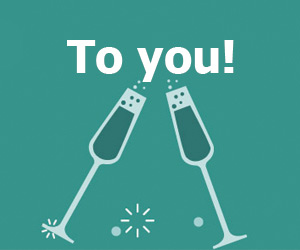The Babylonians: An Introduction (Peoples of the Ancient World)
Select Format
Select Condition 
Book Overview
Gwendolyn Leick's approachable survey introduces the Babylonians, the people, the culture and the reality behind the popular myth of Babylon. Spanning some 1800 years in the history of the... This description may be from another edition of this product.
Format:Paperback
Language:English
ISBN:0415253152
Release Date:November 2002
Publisher:Routledge
Length:188 Pages
Weight:2.10 lbs.
Dimensions:8.4" x 0.4" x 5.2"
Related Subjects
Ancient Assyria, Babylonia & Sumer Early Civilization History Politics & Social SciencesCustomer Reviews
1 rating
A different eternal city...
Published by Thriftbooks.com User , 18 years ago
Gwendolyn Leick, a lecturer and author of many books on the ancient Near East, has written a very accessible and interesting book on the Babylonians here. Babylon has long been a place of mystery and enigmatic reputation. The biblical text often speaks in disparaging tones of the place, but in fact this text often disguises a respect for the power of the place. Alexander the Great recognised the power inherent in the major city, which was also home to one of the ancient wonders of the world. The real Babylon is not far from the modern city of Baghdad, between the great rivers Tigris and Euphrates. Leick begins with a discussion of the geographical setting of the city of Babylon and the more general geography of the Fertile Crescent, the area surrounded between and around the two great rivers that gave rise to the most ancient civilisation on earth. This area also included well-known cities of the ancient world, such as Ur, Uruk, Seleucia and Nineveh. She also discusses in her first chapter the early development of writing, which became a standard kind of script across many cultures, the cuneiform script. 'Literacy is one of the most defining characteristics of Mesopotamian civilisation. By the time the Babylonians first appear as a people, writing had been in use for at least two thousand years.' Leick begins the historical timeline with the Old Babylonian period, which begins with late Akkadian texts from the year 2000 BCE up until about 1600. Middle Babylonian runs roughly from 1600 to 1000, Neo-Babylonian from 1000 to 600, and Late Babylonian from 600 BCE to the beginning of the Christian/Common era. Leick prefers this arrangement to the more general archaeologist divisions of Bronze and Iron Ages (even including early, middle, late and other such modifiers) as the archaeological division 'does little to elucidate Babylonian historical or cultural development.' Leick puts Babylonia in a context of the more international setting (Egypt, Greece, Persia and other cultures), and looks at the internal structures, cultural developments and political shifts over time. She traces this history through to the bitter end, as Mesopotamia became a buffer state between the Parthians and Romans, too vulnerable to be reliable for trade and commerce, and ultimately abandoned for several centuries for the most part - by the time the Muslims returned to the area, many of the great ancient cities were buried beneath the sands. Later chapters develop the themes of society, religion, politics, and general cosmology of the Babylonians. There was a complex urban culture that coexists with rural, agricultural settings; there is a division and cooperation between temple and palace institutions. Leick also does an extended discussion of the 'everyday' things of life - clothing, dwellings, foodstuffs, cooking, medicine, etc., which she says 'characterises a people as much as their abstract ideas and social stratification.' This book is only intend
The Babylonians Mentions in Our Blog

New Year + Same You = Say Hello to Anti-Resolutions!
Published by Beth Clark • January 01, 2019
New Year = Let the resolutions begin! Orrr...not. 2019 is new, but really, you woke up the same old you (older if you overindulged NYE), so maybe it's time to embrace your real, gloriously imperfect, weird self and say hello to anti-resolutions instead of the same old same old. (And good-bye to celery without peanut butter and raisins!)




